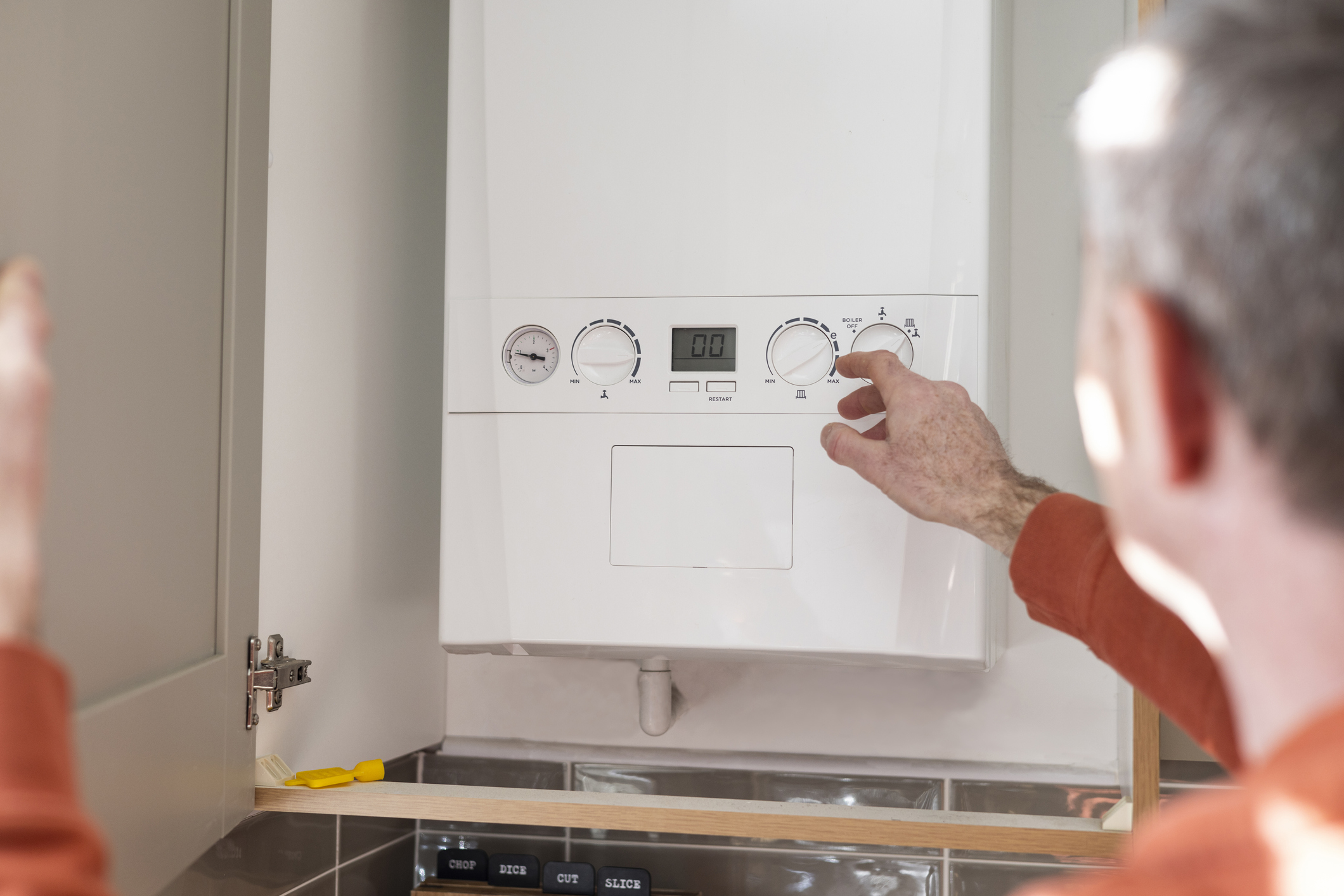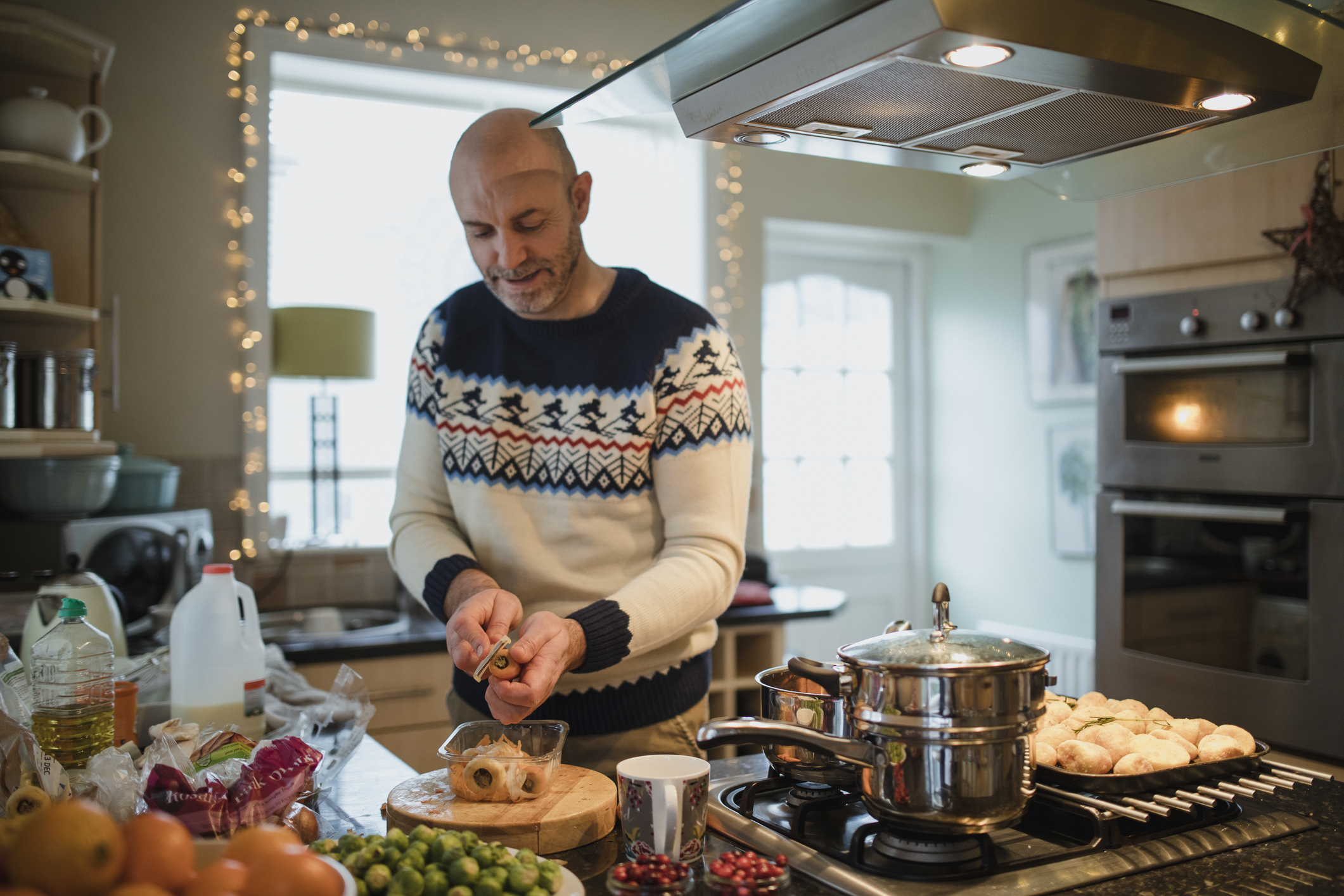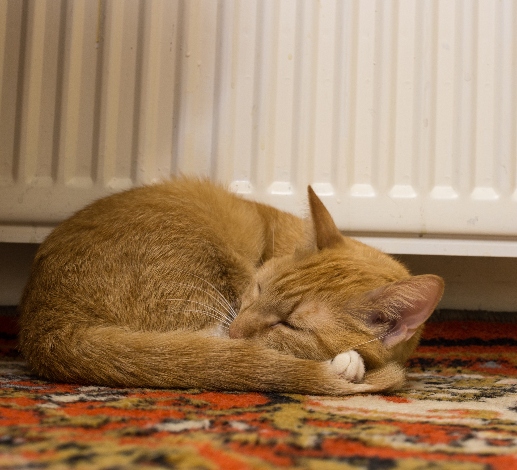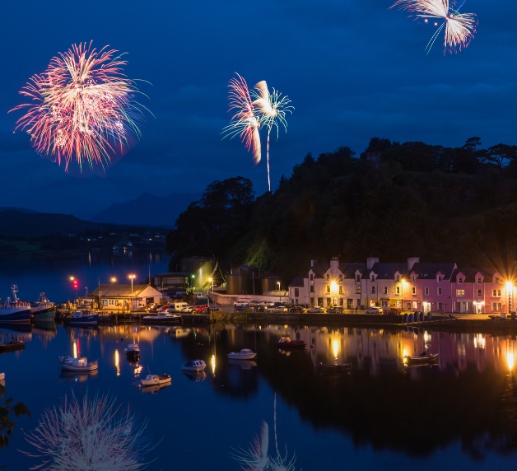Protect your pipes this winter
Protect your pipes this winter
The cold weather can increase the chances of your pipes freezing or bursting. That's why it's important to prepare your home for the cold.

This winter it’s important to prepare your home for the cold, especially if you’re going on any trips over the festive period. The cold weather can increase the chances of your pipes freezing or bursting, which could leave you with unexpected damages and costs.
Insulate your pipes and water tanks
Insulating pipes and water tanks is one of the simplest and cheapest ways to protect them during cold weather. If you have a water tank, fit it with an insulation jacket or wrap the top and sides of the tank with suitable insulation material.
Efficient condensing boilers produce a small amount of condensate which drains away through a plastic pipe, usually outside. If that pipe gets blocked with a build-up of ice, the boiler will stop working. Insulate the plastic pipe with foam pipe insulation to keep it warmer and prevent the condensate water from freezing.
Read Energy Saving Trust’s article on insulating tanks, pipes and radiators to learn more.
Use frost-protection settings
Modern central heating systems have frost-protection built in, which means that the boiler can detect when it has dropped below a certain temperature and switches itself on to prevent it from breaking down. All you need to do is activate ‘frost protection mode’ (or ‘holiday mode’ as it’s sometimes known). This is a great alternative to shutting your boiler down completely if you’re going on a trip.
For combi boilers, you’ll need to check the pressure gauge. If the boiler doesn’t have enough pressure, the frost protection might not operate correctly. You can adjust thermostatic radiator valves (TRVs) to the frost setting to make sure your radiators use the minimum amount of energy needed to protect your home.
If you don’t have frost-protection, set your heating thermostat to 10°C and switch on the programmer, or set it to 24 hours to achieve a similar effect. The heating will only come on if the temperature inside your home drops below 10°C, so it will only use a small amount of energy.
Be prepared for burst pipes
If a pipe freezes or bursts, you’ll need to switch off the valve immediately. The location of the stop valve varies in each home, but the most common locations are under a sink, in a garage, or close to the hot water system (wherever the mains supply enters your house). Familiarising yourself with where your stop valve is located means that you’re better prepared for an emergency. Watch Scottish Water’s video to learn how to find your stop valve.
If you are going away, ask a friend, family member or neighbour if they can check on your home regularly. It is important for them to stop any taps dripping and check that frost-protection settings are working.
Following these tips should help you protect your pipes from freezing and avoid expensive repairs. For more information, Scottish Water has a useful page on protecting your pipes.
If you’re not sure how to protect your plumbing from the cold, or if your pipes have frozen or burst, contact a licensed plumber. You can find a licensed plumber in your area on the WaterSafe or SNIPEF websites.
Latest news and case studies
We have articles, blogs and case studies covering topics ranging from home energy tips to low carbon travel, and business advice to installing renewables.

Save energy while cooking this Christmas

Stay warm at home for less



